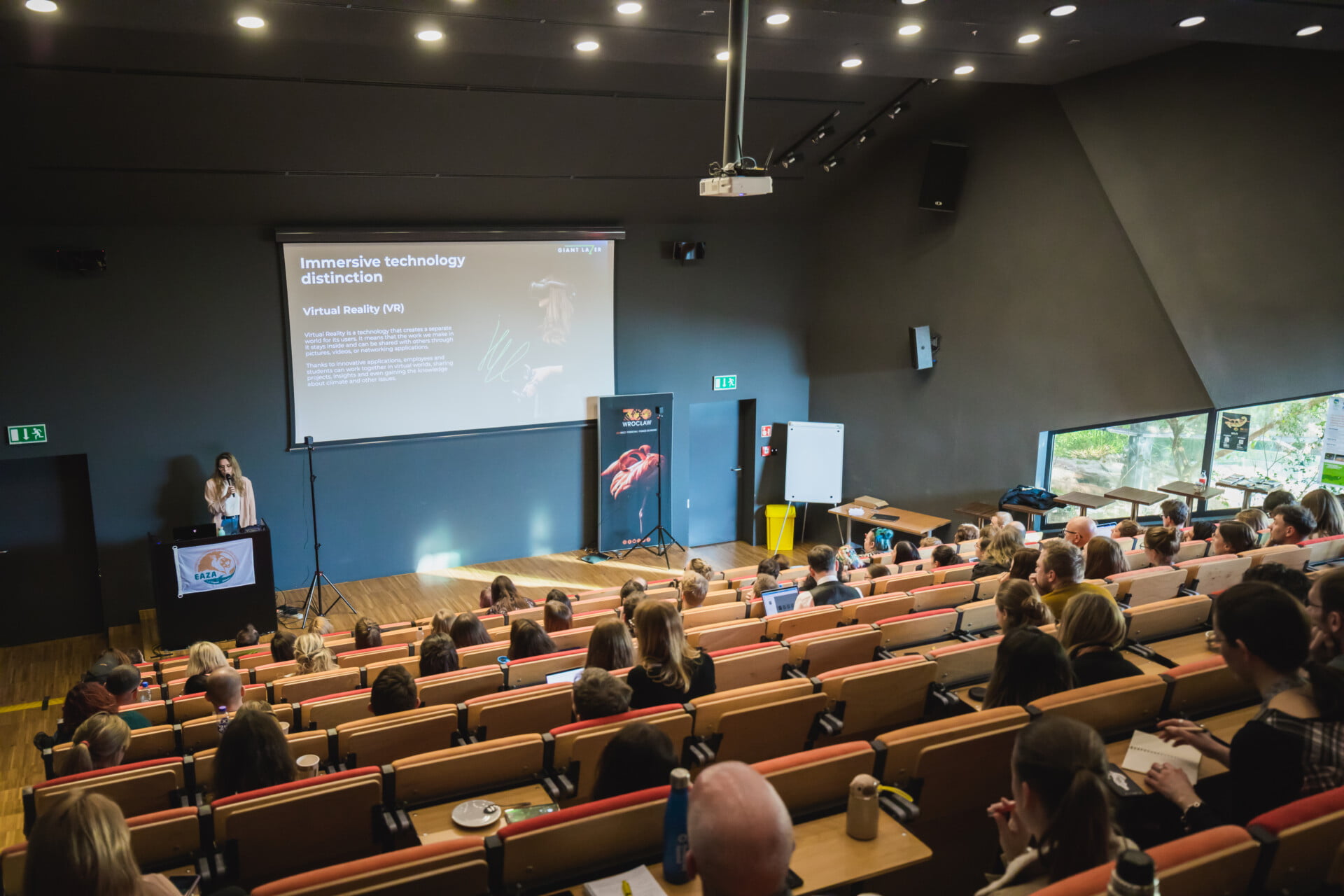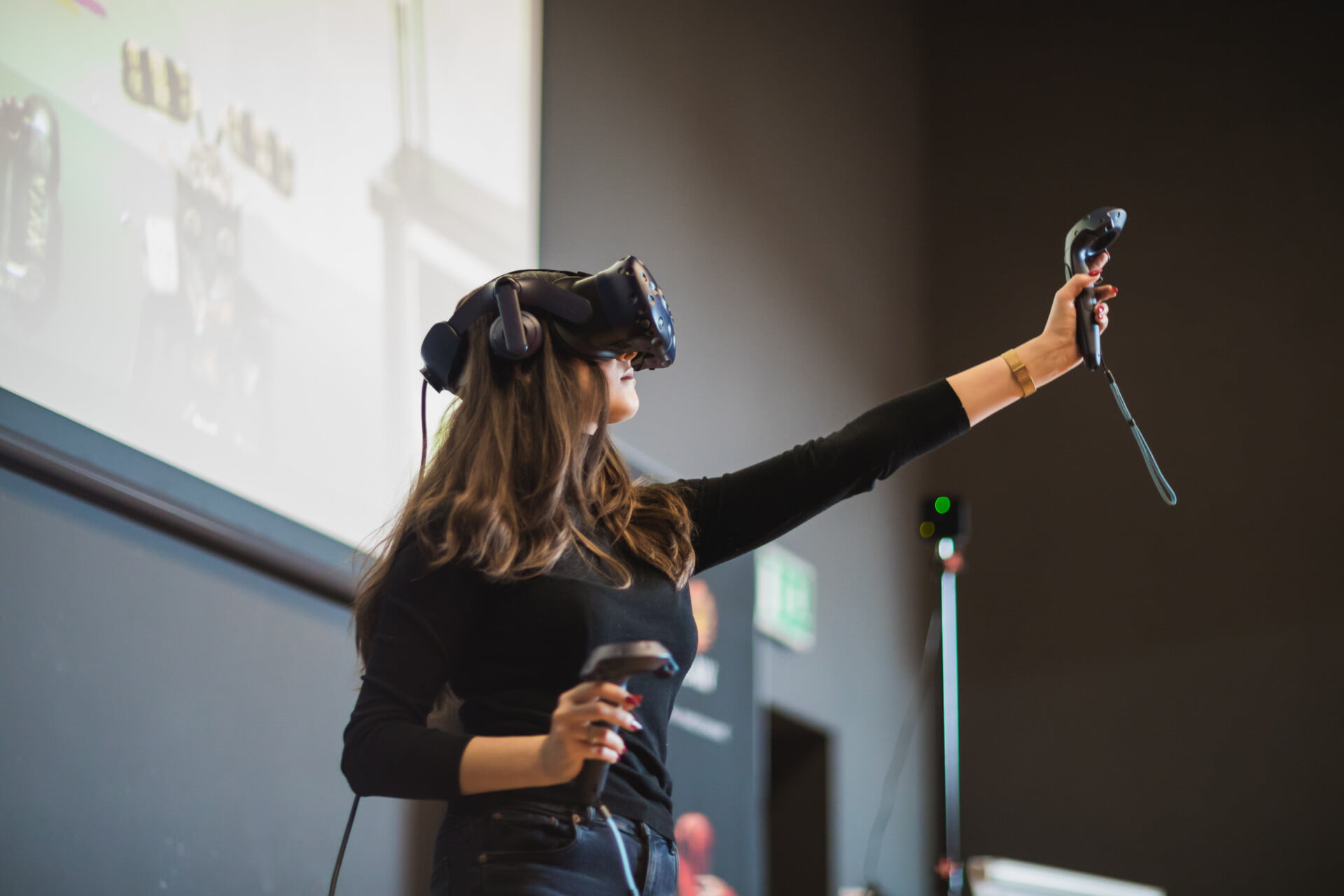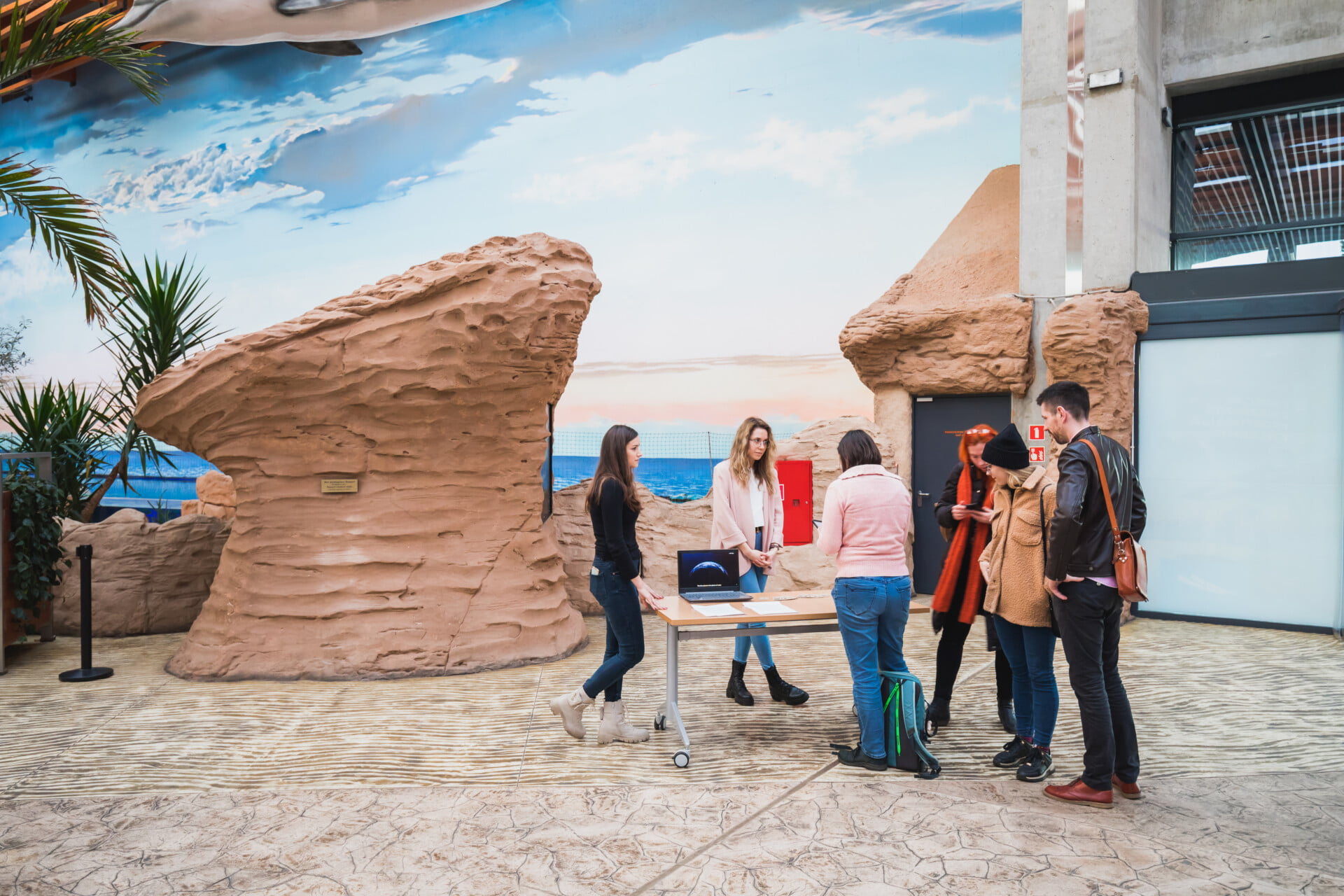- Virtual reality and augmented reality are becoming increasingly popular in a wide range of industries, including entertainment, education, and healthcare.
- In recent years, there has been a growing interest in using immersive technologies to address the issue of climate change.
- It is important to talk more often about the fact that new technologies do not have to only contribute to climate change, but can mitigate it when used appropriately.

- 1. We must act for the planet before it is too late
- 2. The ecological applications in the field of virtual reality
- 3. Live VR applications presentation
- 4. The future of the whole earth is in our hands
We must act for the planet before it is too late
By creating interactive educational experiences, promoting sustainable practices, and encouraging policy change, VR and AR can help raise awareness and inspire action to reduce our carbon footprint and protect the environment for future generations.
That is why our company is constantly looking for opportunities to show people from the world of environmental education the positive impact of modern technologies on our lives and the whole earth. Our ecological activity was noticed during the EAZA Conference; every year, ecological institutions host a conference to bring together professionals from around the globe to share ideas and discuss current issues facing various industries. This year, the conference was held in the beautiful city of Wrocław in Poland, and one of the most exciting presentations was given by Aleksandra Szlacheta and Paulina Sroka-Kopeć from Giant Lazer on immersive technologies like VR and AR.

The ecological applications in the field of virtual reality
Initially, Giant Lazer’s representation explained the differences between two immersive technologies – virtual reality (VR) and augmented reality (AR).
VR is an immersive experience that takes the users into a completely virtual environment. We wear a headset that replaces the real world with a digital environment. AR, on the other hand, overlays digital content in the real world. Users can still see the natural surroundings, but digital elements are superimposed onto them, creating an augmented reality.
Next, we showcased the activities of our company which specializes in creating immersive applications that can be used to create more opportunities to protect the environment. These included Trash Rage VR, which allows users to experience the impact of littering and recycling on the environment; Planet Stories AR, which provides an interactive way to learn about ocean pollution, marine ecosystems, and animal species; Heat Bash VR, which shows users the impact of global warming and fossil fuels on the environment; and Trip to The Forest VR, which allows users to experience the beauty and complexity of a forest ecosystem.

Live VR applications presentation
Aleksandra Szlacheta was joined on stage by Paulina Sroka-Kopeć to showcase a virtual application live on stage. This was an incredible opportunity for attendees to see the functionality of VR in practice.
The virtual application allowed viewers to learn how immersive technologies allow exploring various environments and interacting with 3D objects in a way that is impossible in real life. This was an excellent example of how VR can provide a unique and engaging educational experience.
Our presentation highlighted the importance of immersive technologies in environmental education. VR and AR applications can provide a unique and engaging way to educate people about the impact of human activities on the environment. They allow users to experience the effects of climate change and pollution in an impossible way through traditional educational methods. This can lead to increased awareness and action and, ultimately, a better future for our planet.

See how we raise ecological
awareness with VR/AR education
The future of the whole earth is in our hands
After the presentation, our two representatives, offstage, showed interested people how virtual and augmented reality works. They had a chance to use our applications from the perspective of not only a viewer but also an active participant. Thanks to that, they could clean the ocean, save its inhabitants, and see how a post-apocalyptic earth may look like if we do not adequately recycle and reduce the amount of waste.
The presentation by Giant Lazer’s team at the Eaza Conference 2023 was an excellent example of the power of immersive technologies in environmental education.

By showcasing the activities of VR / AR and a range of immersive tools, we demonstrated how new technologies engage young and older in a more immersive and interactive learning experience. With our applications, students and other users can explore the fauna and flora world wherever they want – home, classroom, and work. Overall, the presentation was a valuable contribution to the conference, and it provided attendees with a unique and engaging insight into the future of virtual and augmented reality.
Read more
Our latest VR simulator app examples – language, history, environment
In general virtual reality works by the principle that what you (the user) see is not necessarily what you are dealing with on an everyday basis. It means that a digitally created world can be whatever developers want it to be. Living on Mars? Riding the unicorn?...
How AR works? Quick guide to augmented reality solutions
Virtual reality systems and related software hold great potential, not only for entertainment, but more importantly - for business and industry, as well as the education sector. But did you know that virtual (or VR) doesn’t mean the same as augmented (AR) and in this...
Two new VR applications delivered for the WSB university students
Education and new technologies go hand in hand, which is easy to observe, especially in the virtual and augmented reality branches of innovation. According to some studies, immersive systems allow students to experience even abstract topics and make them more likely...

